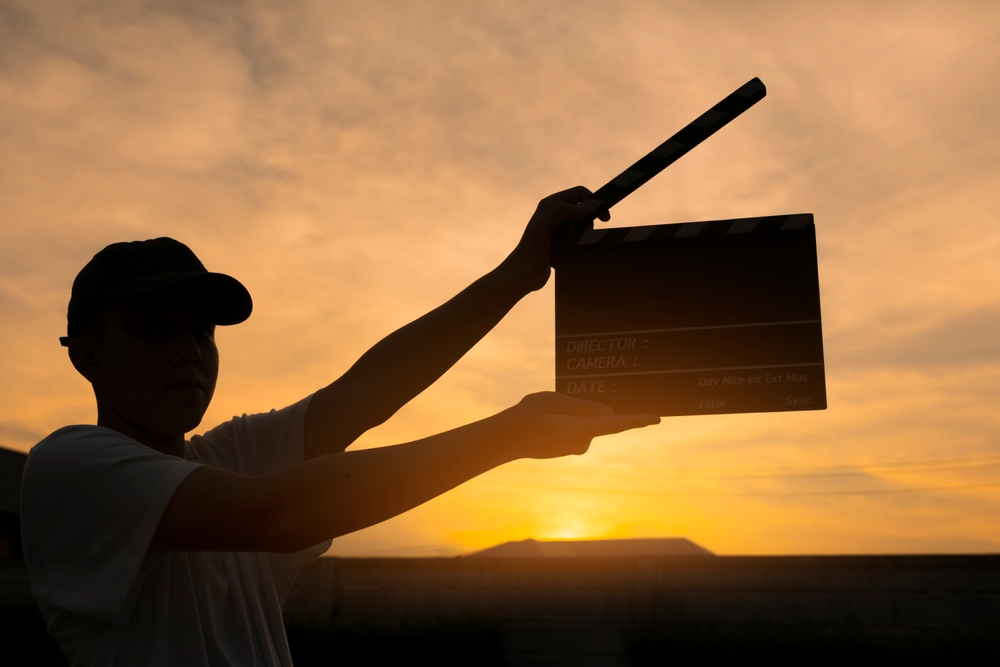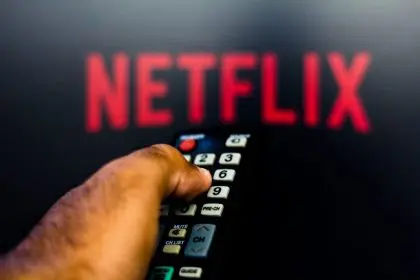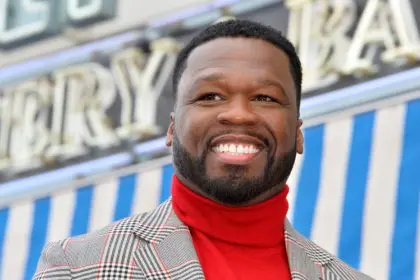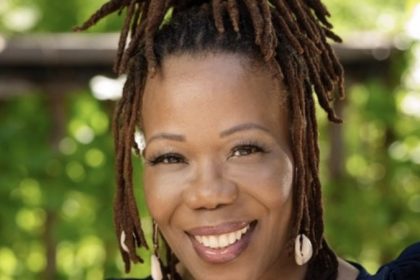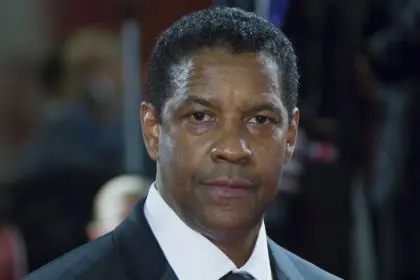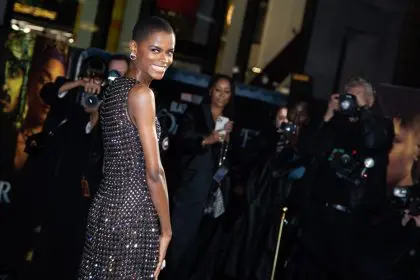The cultural aesthetic known as Afrofuturism has established itself as a transformative force reshaping storytelling across cinema and television. This artistic movement, which integrates elements of science fiction, fantasy, and African diaspora heritage, provides audiences with visions of Black identity that transcend historical limitations while imagining liberated futures across various media formats.
From major studio productions to independent projects, Afrofuturist works center Black experiences within speculative contexts including alternate realities, futuristic societies, and reimagined historical timelines. This growing body of work has significant implications for representation while simultaneously influencing broader popular culture trends worldwide.
The foundation and expansion of Afrofuturism
The term Afrofuturism first entered cultural discourse in 1994 when cultural critic Mark Dery used it to describe speculative works addressing African American themes through technological and futuristic contexts. However, the artistic approach predates this terminology by decades, with pioneering contributions from figures like musician Sun Ra, whose 1974 film explored cosmic themes of Black liberation.
Literary contributions from writers including Octavia Butler further developed the movement through novels that blended fantastical elements like time travel with nuanced explorations of African American historical experiences. These foundational works established a creative framework combining Afrocentricity with speculative fiction to challenge conventional narratives and amplify Black perspectives.
By 2025, this artistic movement has expanded globally while maintaining African American creators at its core. The enduring appeal stems from its capacity to reposition Blackness not as marginalized but as a central, innovative force shaping future possibilities. This reimagining resonates deeply with audiences seeking representations that celebrate cultural resilience rather than focusing exclusively on historical trauma.
Defining Afrofuturist projects reshaping media
The Wakanda franchise continues expanding its universe with the upcoming sequel scheduled for release later this year. Building on the groundbreaking 2018 film that introduced mainstream audiences to a technologically advanced African nation untouched by colonialism, the new installment explores themes of diaspora unity and technological innovation. Under continued creative leadership, this project further develops Afrofuturist narratives by examining global influence and community empowerment.
Kizazi Moto: Generation Fire maintains cultural relevance since its 2023 debut on streaming platforms. This anthology series showcases short animated films from African and diaspora creators that integrate traditional mythology with futuristic environments. Episodes like “Herderboy” and “Enkai” resonate particularly with viewers by celebrating shared cultural heritage while envisioning bold speculative futures. Industry discussions suggest potential expansion featuring more African American animation talent.
My Dad the Bounty Hunter demonstrates genre adaptability through family-friendly storytelling that follows an African American bounty hunter navigating interstellar adventures. The animated series blends humor with themes of family and identity while employing vibrant visuals and advanced technological concepts centered around Black characters. Its success among younger audiences highlights Afrofuturism’s versatility across age demographics.
Underneath: Children of the Sun gains critical attention for its ambitious narrative spanning centuries. This independent film directed by David Kirkman traces an alien artifact’s journey through African American experiences from 1857 to contemporary settings before culminating in a struggle for galactic influence. The project exemplifies Afrofuturism’s capacity to integrate historical contexts with futuristic elements while emphasizing Black agency across temporal boundaries.
Emerging projects from established cultural figures continue developing, including rumored productions featuring longtime Afrofuturist icon Janelle Monáe. Her potential science fiction series exploring android narratives would extend her established work blending musical and visual elements while advocating for intersectional perspectives including Black and LGBTQ+ communities.
These projects collectively demonstrate the creative breadth within contemporary Afrofuturism while highlighting its growing influence across various production scales and platforms.
Representational significance and community impact
For audiences, Afrofuturist media serves functions beyond entertainment by presenting radical acts of imagination. Centering Black characters as heroes, innovators, and leaders directly challenges limiting stereotypes while reclaiming narrative agency. Cultural scholars note that these creative works connect to ancestral aspirations by actively constructing visions of liberated futures rather than remaining constrained by past or present limitations.
This approach fosters community resilience by creating spaces where viewers encounter representations previously unavailable. Afrofuturist films and series position Black characters in roles traditionally restricted to others, scientific innovators, superheroes, or space explorers. Such representation proves particularly meaningful for younger viewers who discover role models in characters like Wakanda’s technological genius Shuri or the family-centered protagonist of My Dad the Bounty Hunter.
Additionally, the incorporation of African traditions and mythological elements within these narratives preserves and celebrates cultural identity. This integration connects audiences to ancestral knowledge systems while demonstrating their continued relevance within futuristic contexts. The resulting works simultaneously honor heritage while imagining innovative applications within speculative worlds.
Cross-cultural collaboration and global influence
The influence of Afrofuturism extends well beyond American borders, inspiring creators throughout the African diaspora and continental Africa. In 2025, collaborative projects between African American and African filmmakers have increased, with anthology series like Kizazi Moto exemplifying this cross-cultural exchange of narrative approaches and visual aesthetics.
Meaningful distinctions between related movements have emerged within critical discourse. While Afrofuturism frequently engages with diaspora experiences, the parallel movement of Africanfuturism centers specifically African perspectives as articulated by authors like Nnedi Okorafor. Both approaches contribute valuable dimensions to global cinema while maintaining their distinctive cultural orientations.
These interconnected movements demonstrate increasing impact on international popular culture, influencing visual aesthetics, narrative structures, and thematic explorations across diverse media productions. The resulting creative ecosystem continues expanding as additional creators incorporate elements from these approaches into their work.
The evolving creative landscape
The trajectory of Afrofuturist media indicates sustained growth rather than a temporary trend. Industry analysts project continued development of both established properties and emerging independent productions across multiple platforms. This creative momentum builds upon previous commercial and critical successes while exploring new narrative territories.
The movement maintains particular relevance for younger audiences who increasingly expect media that reflects diverse perspectives and imaginative possibilities. Streaming platforms have recognized this demographic reality, investing in content that appeals to viewers seeking representations beyond traditional frameworks.
Perhaps most significantly, Afrofuturist works have helped normalize Black-centered speculative fiction within mainstream entertainment categories. What once existed primarily within specialized contexts now influences broader cultural production, suggesting long-term transformation of industry standards regarding representation and narrative focus.
Expanding possibilities through speculative vision
The ongoing development of Afrofuturism in film and television represents a significant cultural evolution with implications extending beyond entertainment. By reimagining Black identity through speculative contexts, these works create spaces for exploring complex social questions while celebrating cultural resilience and creative innovation.
From major franchise installations to independent productions, Afrofuturist media provides audiences with stories that honor heritage while envisioning liberated futures. This dual orientation toward past and future distinguishes the movement’s approach to representation, creating narratives that acknowledge historical realities while refusing to be limited by them.
As Afrofuturist creators continue developing new projects across various platforms, they contribute to an expanding cultural vocabulary for discussing identity, technology, and community. Their work demonstrates the power of speculative vision to transform how stories are told and which perspectives are centered within contemporary media landscapes.

